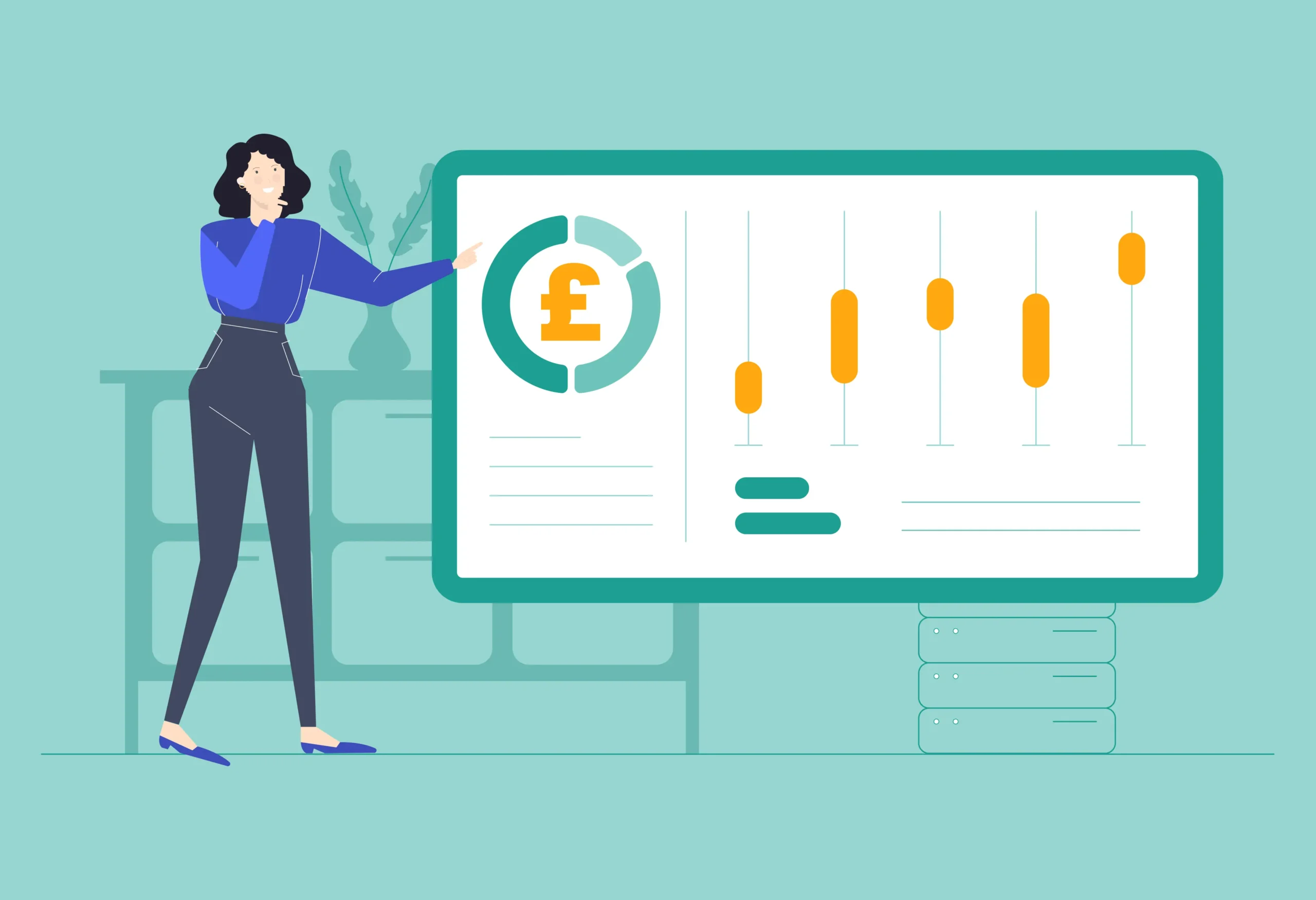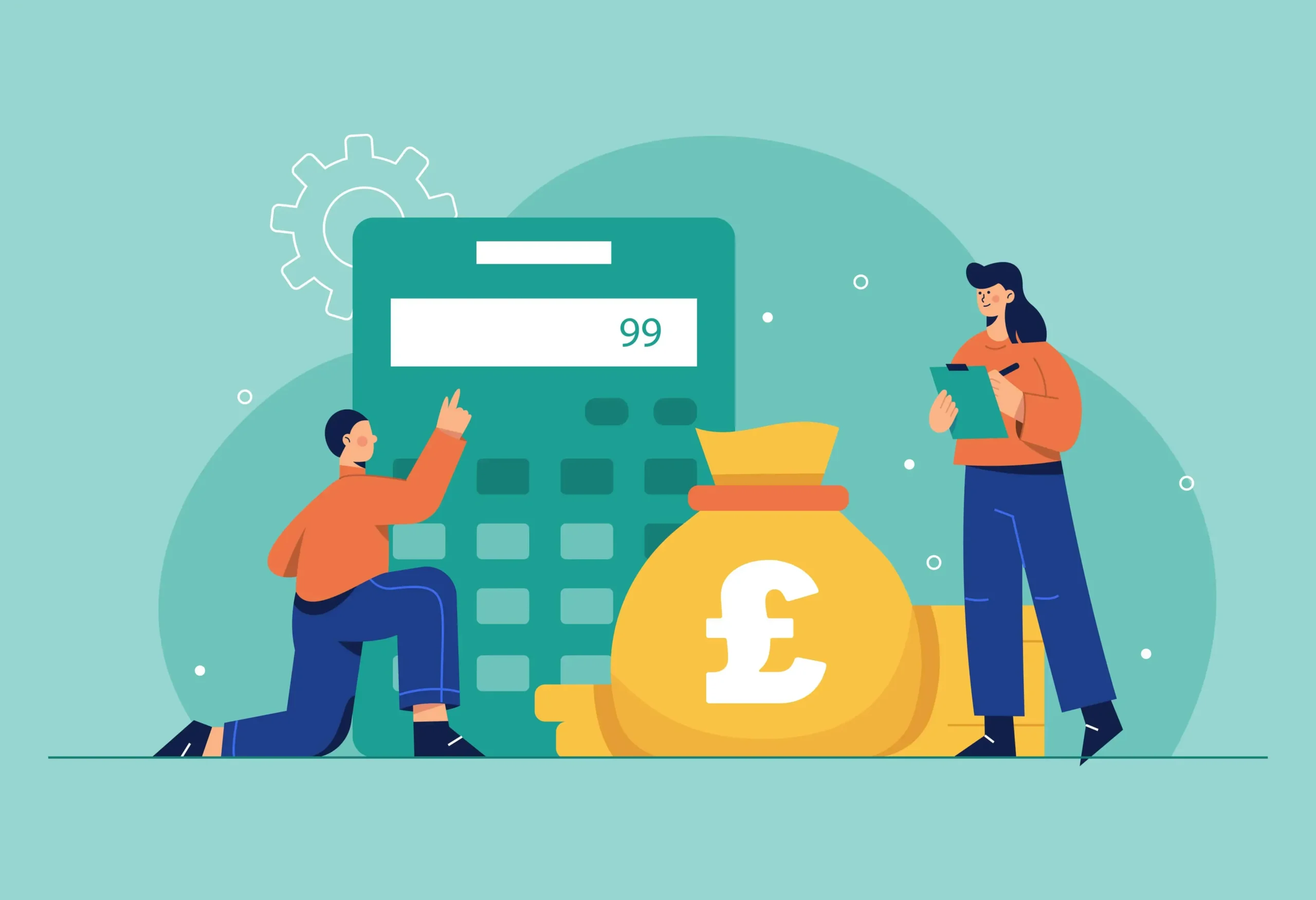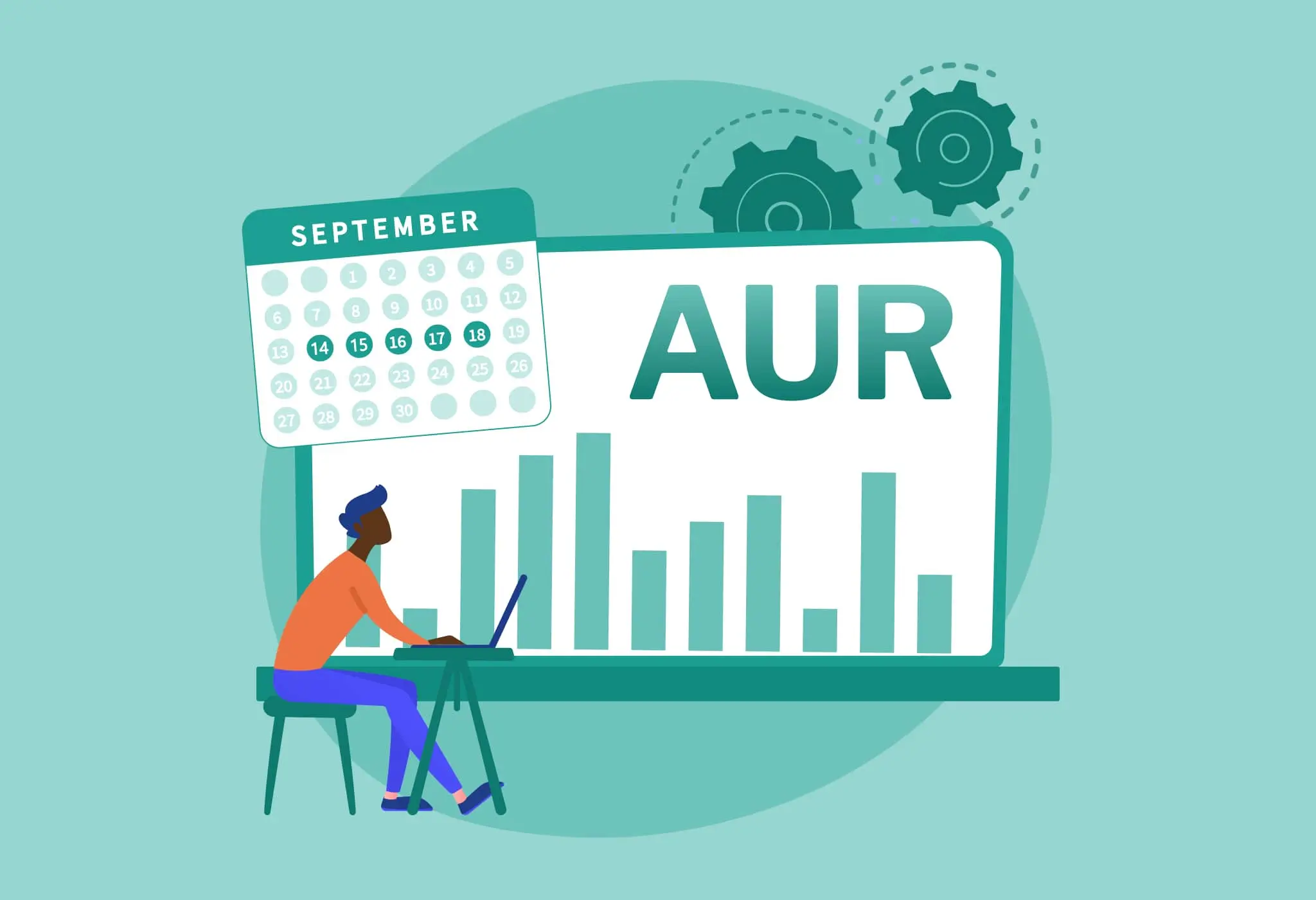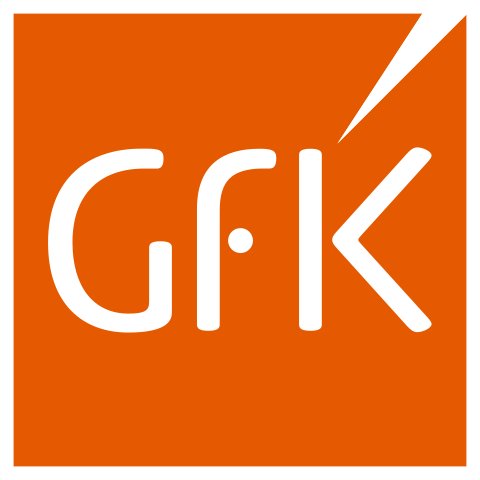
Skim pricing: Is it right for your business?
Are you looking to launch a product that faces little – or even no – competition?
In that case, skim pricing could be the answer.
Skim pricing usually works best when applied to products bought by “early adopters”, who are ready to pay more for these must-have items.
But how do you know if skim pricing is right for your business?
In this article, we look at skim pricing as a pricing strategy and explain what you should consider before adopting this price model within your company.













